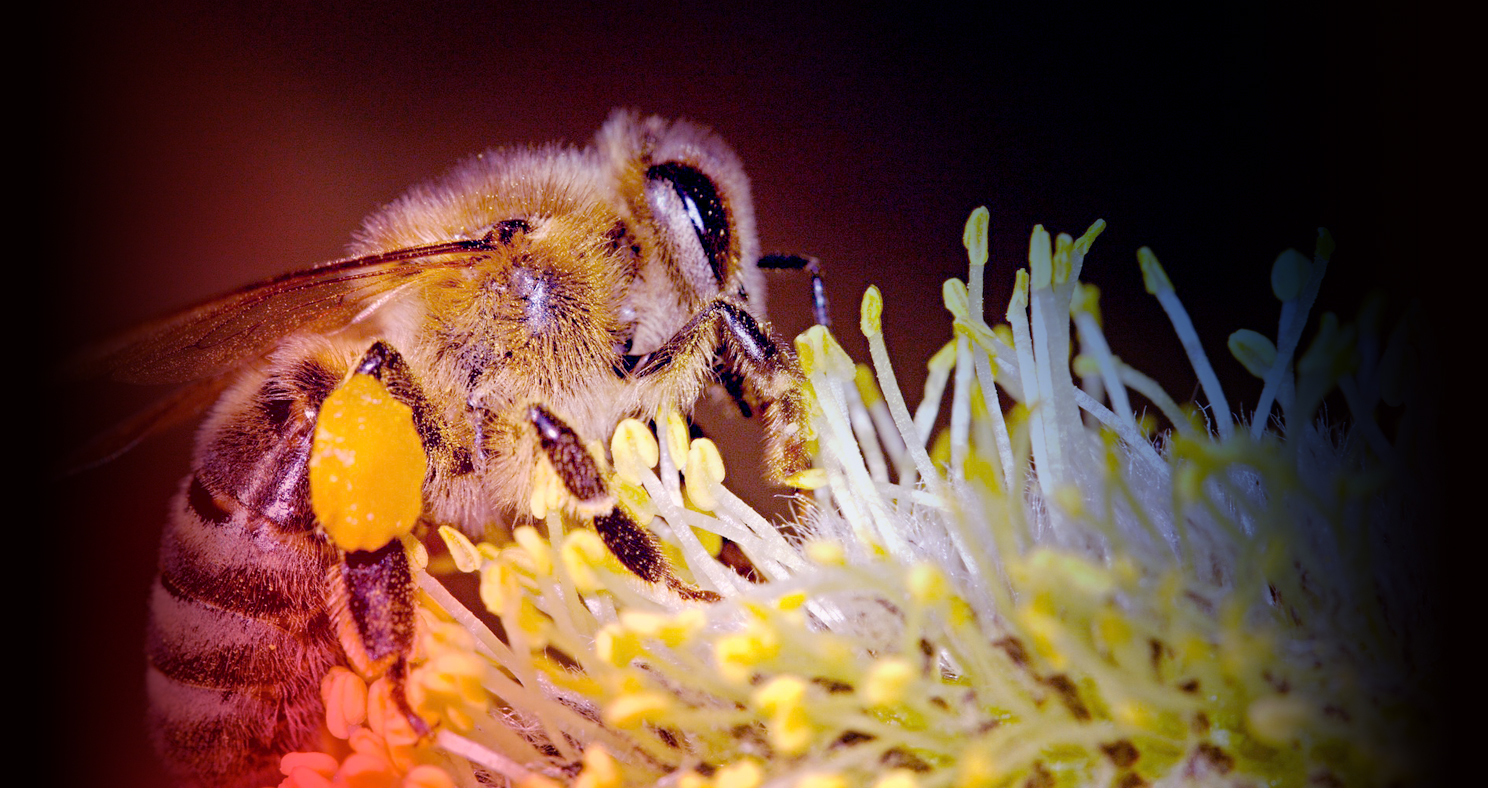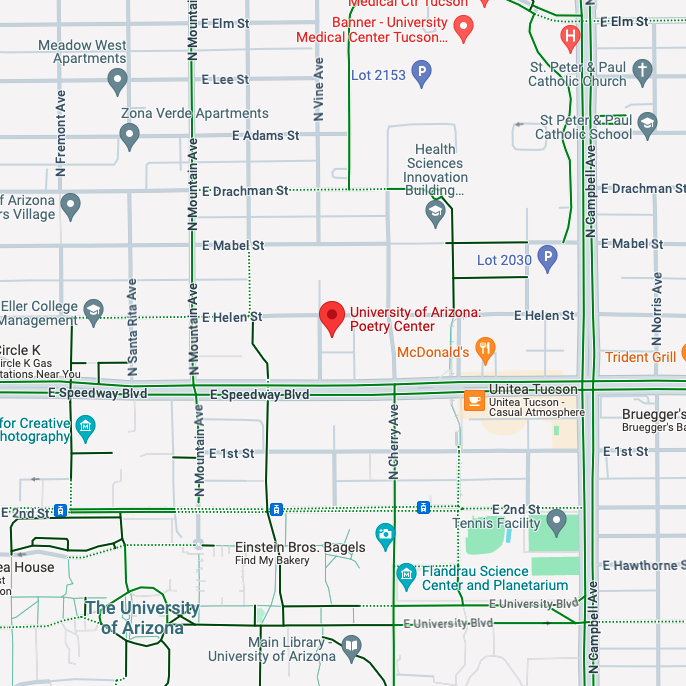All organisms reproduce – among them, plants reproduce in the most diverse ways. In some plant species, all individuals are the same sex; some have two sexes, and others have three or even four sexes. Reproduction occurs via flowers ranging from the size of a pinhead to that of a toddler. Some plants make flowers, then fertilize only themselves. Most, however, require pollen to be moved between flowers, a feat accomplished by wind, water, and animals, including insects, fish, birds, and mammals. Studies of pollination reveal how species interactions weave together entire ecosystems. However, human-caused environmental change is threatening pollination, leading to impacts ranging from biodiversity loss to the loss of our own food supply. We will explore the weird and wonderful world of pollination across the globe (with a particular focus on deserts) and across time, from its earliest origins to its increasingly fragile future.






